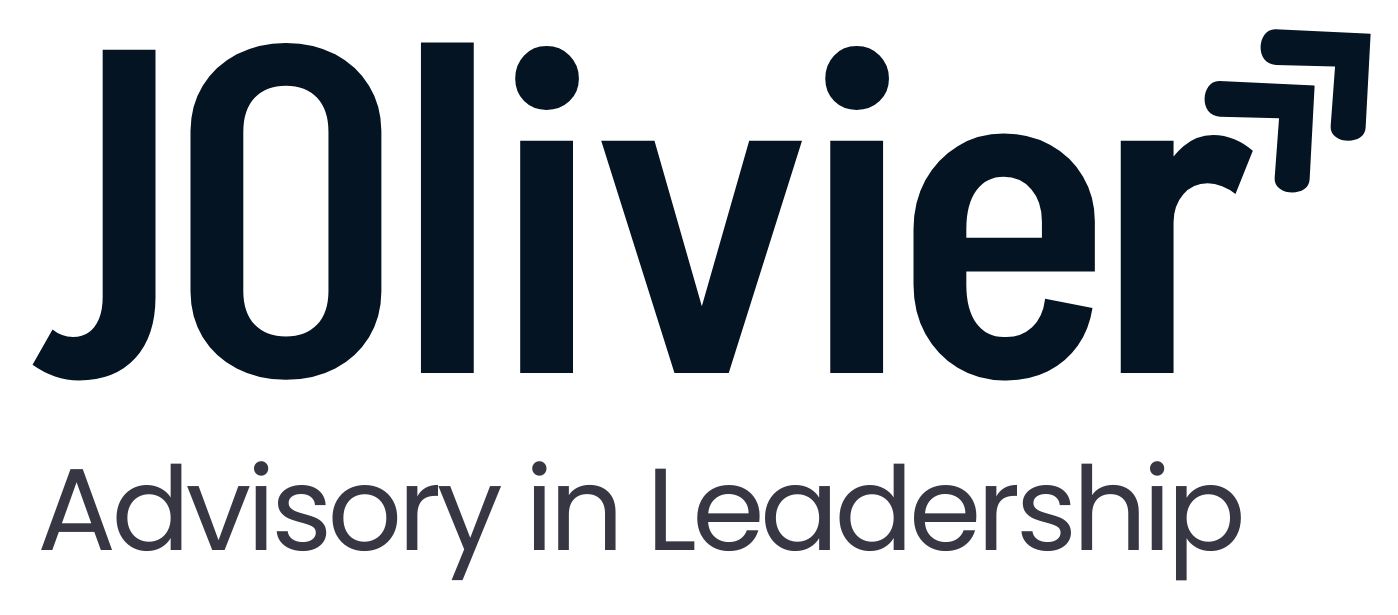Governance review: Focuses on the overall structure, strategy, and effectiveness of leadership, including board structures, stakeholder relations, and transparency.
Compliance review: Specifically assesses how well the organization adheres to legal and regulatory requirements to avoid penalties and maintain ethical practices.
Risk management review: Examines how the organization identifies, assesses, and mitigates potential risks, which is a key component of the overall GRC strategy.
Audit: Serves as a bridge between governance and compliance, identifying gaps and ensuring alignment with standards.
Achieve objectives: A GRC framework helps align security and compliance efforts with overall business goals.
Mitigate risks: Reviews help proactively identify and address risks before they become problems.
Ensure compliance: They confirm the organization is meeting all necessary legal and regulatory obligations.
Enhance transparency: They assess and promote transparency in dealings with stakeholders.
Drive continuous improvement: Reviews identify areas for improvement in policies, controls, and procedures.
